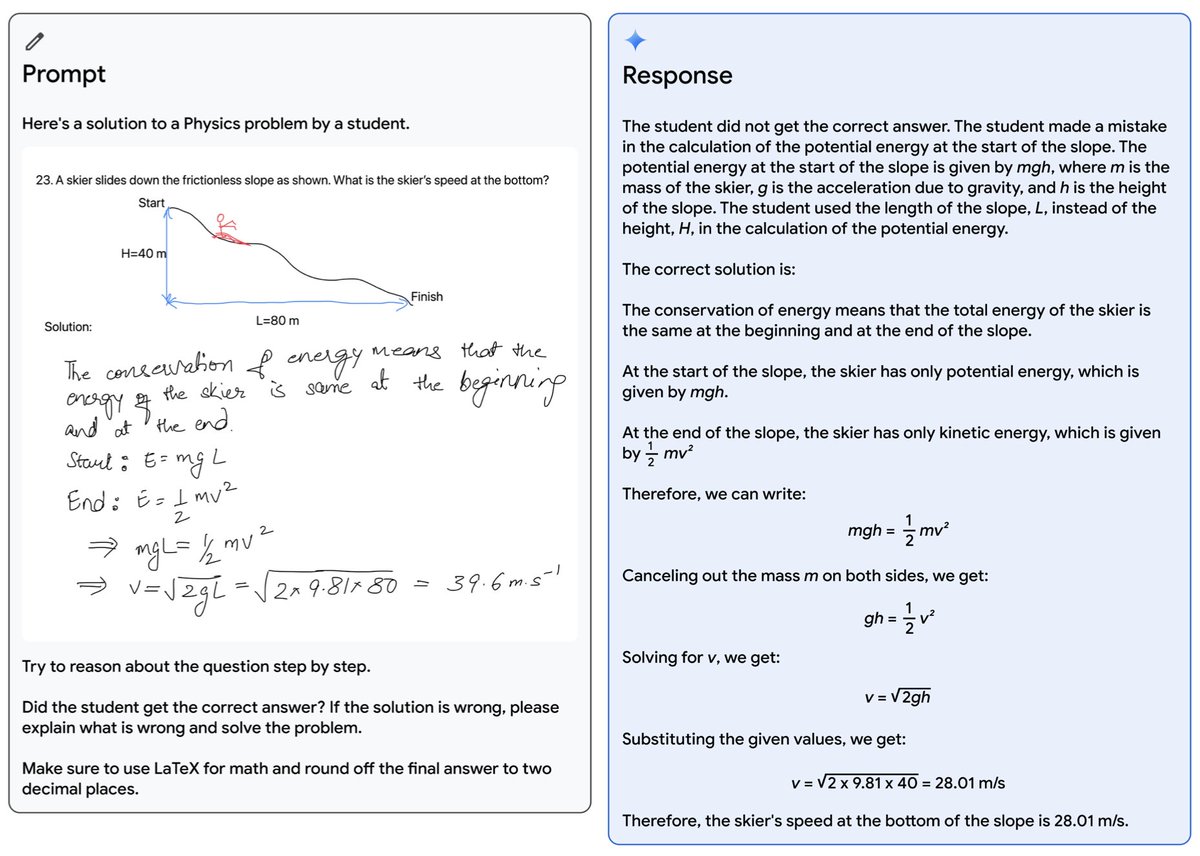
Researcher @MSFTResearch, AI Frontiers Lab; Prof @UWMadison (on leave); learning in context; thinking about reasoning; babas of Inez Lily.
How to get URL link on X (Twitter) App


 Despite its size, it performs at or above larger open weight (QwQ-32B, R1-70B, R1) and closed (o1-mini, sonnet 3.7) models on math benchmarks like AIME/HMMT/OmniMath.
Despite its size, it performs at or above larger open weight (QwQ-32B, R1-70B, R1) and closed (o1-mini, sonnet 3.7) models on math benchmarks like AIME/HMMT/OmniMath.


https://twitter.com/DimitrisPapail/status/18065588257778977682/n


https://twitter.com/cloneofsimo/status/1789680163133018593
 2/n (old but still relevant slides)
2/n (old but still relevant slides)


 they even fought for a bit how to name themselves and although one suggested Claude-1 and -2 the other said no Claude-A and -B is better lol
they even fought for a bit how to name themselves and although one suggested Claude-1 and -2 the other said no Claude-A and -B is better lol
 Example 1: Verifying a student’s solution to a physics problem.
Example 1: Verifying a student’s solution to a physics problem.





 2/ LLMs when trained on vast amounts of data, eventually learn (up to a digit length) basic arithmetic (add/mul etc). That is *surprising* !! These tasks are not explicitly encoded in the next-word prediction loss.
2/ LLMs when trained on vast amounts of data, eventually learn (up to a digit length) basic arithmetic (add/mul etc). That is *surprising* !! These tasks are not explicitly encoded in the next-word prediction loss.



 2/7
2/7 


 oops
oops 

